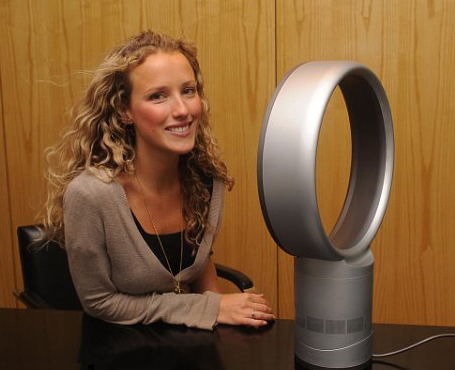According to Harvard professor Clayton Christensen, about 30,000 new consumer products are launched in the US every year.
Of these, up to 95% fail.
I need to repeat this figure because it is so staggering: 95% of new consumer products fail.
How has it come to this?
In a data-rich world where we supposedly know more about the consumer than ever before, how can it be that our success rate is so low?
And more importantly, why do leaders tolerate it?
I have been helping product innovation managers and leaders for the past 10 years and here are my answers to these troubling questions.
I have also launched a number of products in my business, so I also speak as someone with real skin in the game.
1. There is a lack of innovation around the new development process
It is an irony that many organisations are still using the same stage-gate process and consumer insight research they have been using for the past 30 years.
Yet the new product success rate has not improved, and if anything, may have declined.
A few years ago I had a meeting with a marketing director of a well-known consumer goods brand who proudly told me about the world-class stage-gate product process they had introduced.
How many successful new products have you launched as a result of this process, I asked?
Well none, he replied, but the process is world-class, he insisted.
My point is this: the outcome should determine the process – not the other way around.
If the outcomes or results are not working then leaders have to think and act differently. For example, we developed a co-creating process where our target consumers, the client and members of our creative panel all worked together to generate new ideas.
Product innovation – in fact, every kind of innovation – should be an innovative affair.
Repeatable, yes, but creative in nature. Focus groups with the same consumers telling the same researchers the same things is not my idea of being innovative.
2. Leaders accept a low product success rate as a given
It is difficult to imagine any other process in an organisation with a 5% success rate that would be accepted without question.
Imagine if customer service inquiries were handled with 5% accuracy: there would be inquiries, reports, explanations and dramatic changes.
The lack of leadership focus in new product development is also surprising given the tremendous time, effort and money that is invested in it.
3. You have to know when to let go
It is a paradox but to get a new product to the market requires an enormous amount of energy and passion.
Yet this same passion from the innovation, product or brand manager often blinds them to overwhelming evidence that the new product concept won’t work.
Sometimes with the stage-gate process the emphasis is on getting to the next stage come what may.
Breaking down the entire process into bite-sized chunks makes the process easier to manage but sometimes the end goal gets lost (ie to launch a successful new concept).
4. The business case is too late
I am amazed with many new products that the business case is often the last thing that many leaders do.
The problem with this is that I have seen many new product business cases where the numbers simply don’t add up.
This can lead to artificial assumptions being accepted just to make the business case.
A much better idea is to develop a quick business case as early as possible.
5. The new product does not excite the consumer, retailer or sales force
A successful new product by definition has to excite both the consumer and the retailer but it should also engage the sales force.
It has to present a tangible and valuable difference to what exists at the moment.
If the new product is a “me-too” then it does not provide the consumer with a real choice.
And most consumers and customers rely on habit. If there is not an exciting, simpler or better reason for a shopper to reconsider their habits, then the opportunity is lost.
As a good rule of thumb around a new product, if there is little or no social media buzz, the outlook is dim.
6. The competition is simply too strong
Sometimes even the best new product fails because the competition is simply too strong.
There is often a big player or a few players and they have dominant market share, distribution and advertising budgets.
In this case the product may have been good one but perhaps the strategy was flawed.
A more promising move might have been to target an uncontested market segment.
7. The first-year hurdle is too high
New products have to pay their way.
The question is when.
In my doctoral research I interviewed the late Charlie Bell who was then CEO of McDonald’s.
He told me that the company did not make money on its breakfast menus for years. I suspect it was the same with the drive-through option.
Sometimes a new product just has to be given time.
This requires deep pockets and some faith rather than expecting any new product to break even in the first year, for example.
Developing new products is exciting and must be done.
It drives continual sales and growth.
But accepting the idea that most new new products fail is an outdated notion that needs to be challenged.
In short, the new product development process needs to be reinvented and reimagined.
* First appeared in Leading Company.

